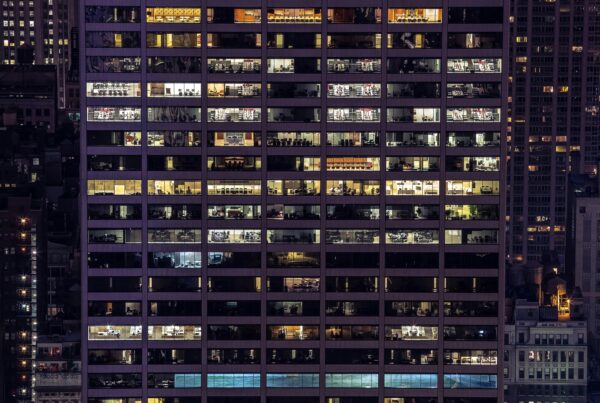Experts tell us that it is buildings—not earthquakes—which claim lives. Before we had buildings and cities rising up and dotting the landscape, when everything was just valleys or fields or marshes or forests, and certainly no people around—earthquakes were just a naturally occurring and passing phenomenon. The ground shook because tectonic plates rubbed against each other as they are meant to do.
But as human population grew, congregating and creating congested urbanized cities—earthquakes began to have a fatal dimension they previously did not have. It’s as if they have become the price we pay for our unconscionably built world. In an ideal world though, buildings don’t have to be as devastating at all.
In light of natural disasters, especially the recent quake that devastated Nepal, we have to look at green buildings with resilience in mind.
Lessons from the Past
In the old days, our ancestors did a pretty neat job making earthquake-resistant buildings. The Japanese braced their pagodas with shinbashira, a pillar (usually an entire tree trunk) in the middle of the structure, acting as a shock absorber. The floors meanwhile are deliberately disconnected from each other, allowing them to separately and freely move along with the direction of the quake. The result is that these ancient pagodas have been able to withstand the many earthquakes that frequently beset Japan.
Elsewhere, the Machu Picchu built by ancient Incas is also an amazingly earthquake-resilient structure; its strength comes from precisely-cut, tightly interlocking stones that moved along with the quake while minimizing stress points—all without using mortar.
The ancient Chinese have even mixed lime with sticky glutinous rice to make an unlikely yet effective mortar—which made for finer calcium carbonate crystals, and hence a more compact and stickier mixture. Clay plaster walls reinforced with straw have shown superb earthquake resistance as well.
These time-tested low-tech solutions have inspired modern-day earthquake-proof green buildings and concepts. Tokyo Sky Tree— the world’s second tallest freestanding structure after Burj Khalifa—boasts of a resistance to up to an 8.0 magnitude earthquake, with a modern steel-reinforced concrete shinbashira. 680 Folsom Street also features a shinbashira that prevents single-story collapse for the entire structure.
Meanwhile, the Torre Latinoamericana elegantly defies Mexico’s earthquake-prone and unstable land upon which it is built. With no computer modeling to rely on back in the 1940s, the designers instead investigated soil mechanics in the site, enabling ]them to design a deep-seated pile foundation and steel structure accordingly.
As for building materials, an architecture firm in California has been developing structural components patterned after the stone blocks of Machu Picchu.
Conscious design plus some ingenious low-tech elements can indeed go a long way in giving earthquake-proof green buildings a fighting chance when the next big quake comes.
Location, Finance, and Government Policies
Location is (still) everything. That’s even more relevant for green buildings since it ensures passive energy and good daylighting. But proper siting is also about avoiding where the dangerous fault lines are, as well as unstable sediment soil. True, the Torre Latinoamericana had proven that with carefully-studied design a building can be made to adapt to the landscape. But if buildings can steer clear of danger zones in the first place, then all the better. The story of Nepal was unfortunately such because the country happens to be sitting between two major tectonic plates, the Eurasian and Indian plates.
But more than just geology, the inherent poverty of the place also caused much of the destruction. In this light, government should be imposing stricter building codes, vigilantly inspecting if they are met. Most importantly, government should subsidize families to enable them to build stronger and earthquake-ready dwellings. It’s not just modern skyscrapers that should be reinforced in response to an earthquake—every building and structure—from the humblest home to the grandest sports arena should be part of the equation. We already have the technology, new ones and those culled from the past—we just have to be more conscientious with earthquake-resilient design.
Buildings already put a massive environmental and societal impact of buildings—from construction, operation, maintenance, and eventually, demolition. Their needless destruction because of an earthquake shouldn’t have to add to the life cost cycle.












I am working with Nepalese/American sponsors planning to build/re-build in Nepal both housing and schools. They are looking for ideas, technologies and lastly training in the mammoth task of designing, planning and building using only the existing resources available in Nepal. Ideas like Wattle and daub, Cob,…etc. are on the table, but we are looking for practical experience in such applications and will take any help we can get. Please reply, direct us towards suggested possibilities or what ever. Thank You. Daniel Ide
Hi Daniel, here is something to consider. It’s lightweight, sustainable, easily-implentable, and has great thermal performance: http://en.wikipedia.org/wiki/Structural_insulated_panel